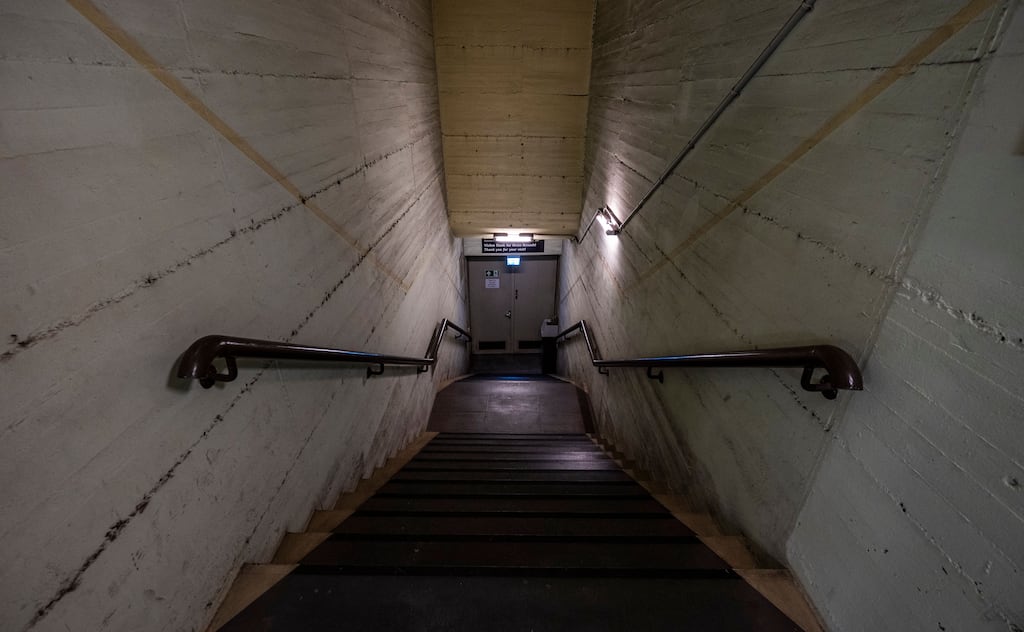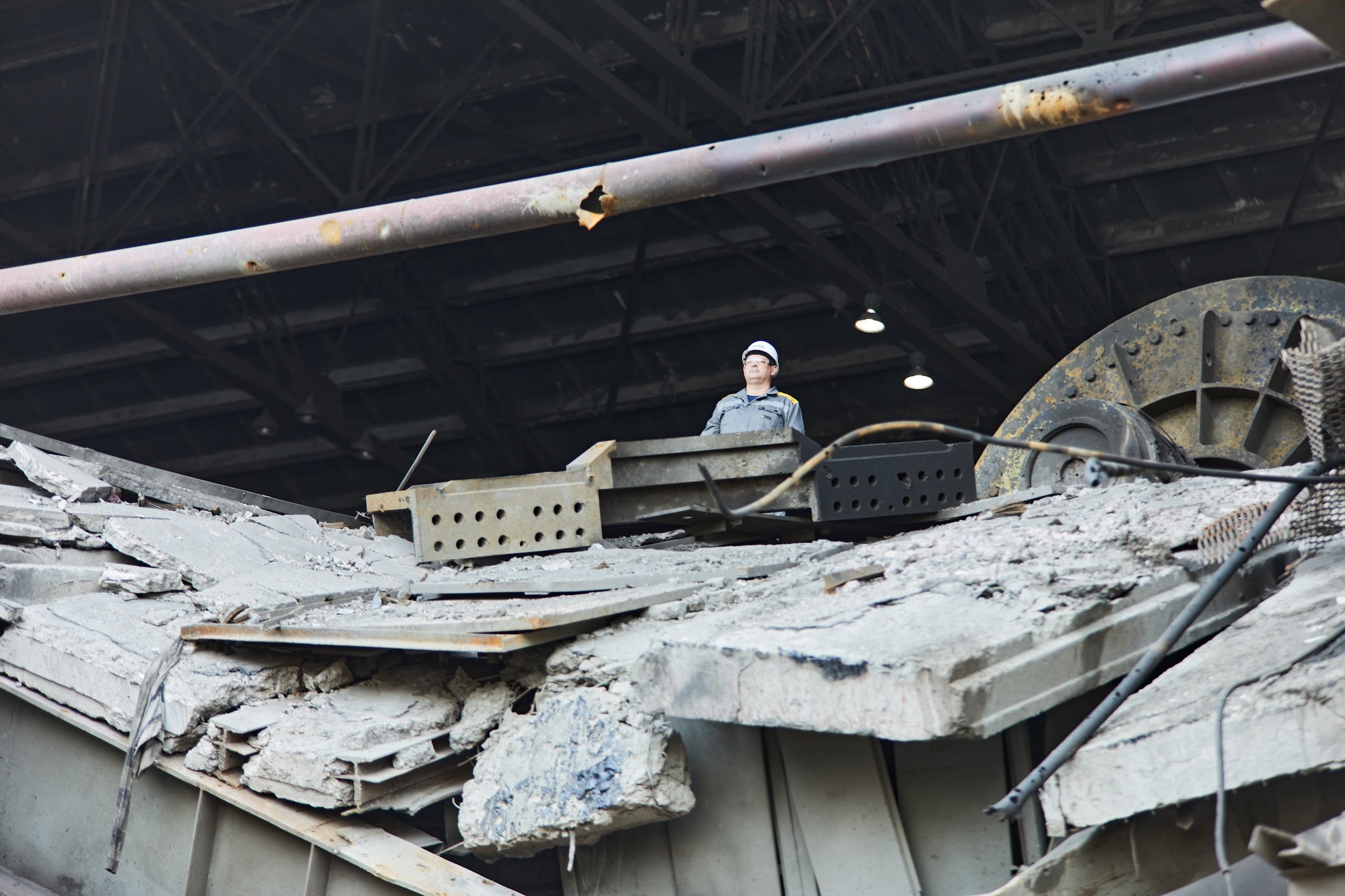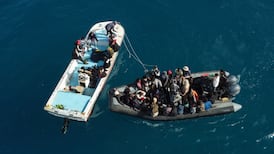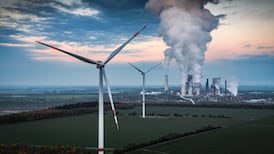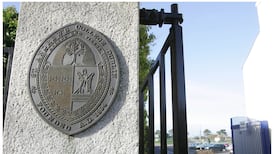The boxy building with grey concrete walls would vanish into the side of the road if it weren’t for the ivy, turning green to red, and a large food advertisement on the other side asking: “What gnocchi type are you?”
Our guide’s solemn expression suggests he has far more pressing questions than gnocchi on his mind.
He unlocks a silver padlock, ushers us into a gloomy stairwell and down 40 concrete steps.
The traffic noise vanishes, replaced by a silent, dry air and neon-lit underground world most Berliners hoped belonged to their past rather than their future.
READ MORE
This sprawling bunker complex, just north of Berlin’s city centre, was built exactly a century ago in a reinforced concrete space between the street above and the U-Bahn tunnel below.
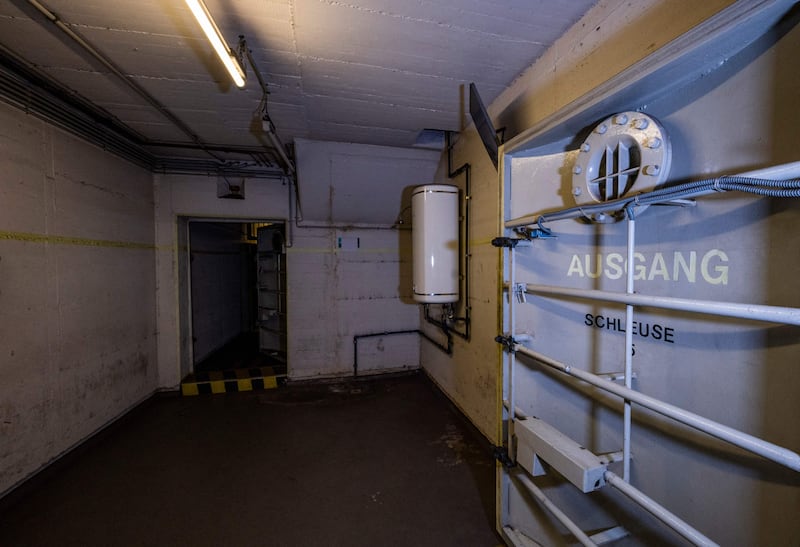
From 1940 it served as a wartime bomb-shelter, then as a storage facility for city food reserves before its reactivation in 1981, at the height of the cold war, as a civil protection facility. The idea was, in case of emergency, to offer 1,300 people shelter for a maximum of 48 hours after a nuclear strike.
We pass a map of Berlin with five concentric circles – blast zones – and into the heart of the bunker: a room dominated by a three-metre tall, hulking grey steel industrial air pump.
It can be powered electrically or, if the power fails, manually using the hand crank.
“They expected that a person could manage to work it for 10 minutes in one go before the next person’s turn – if you can find someone to take over,” says our guide in a bleak voice.
We clump up the 40 steps back up to daylight and walk 10 minutes down the street to the underground station Pankstrasse, built in 1977 to double up as a nuclear shelter.
As passengers hurry by for their trains, we slip behind a plain metal door flush with the wall into a dedicated nuclear fallout shelter.

Behind metal airlock doors, with a submarine-like curve and porthole, we enter a confusing complex of neon-lit corridors with mint green walls.
There’s a kitchen with large steel saucepans, a medical bay with two patient beds and basic equipment. Photographs on the walls show four-storey metal bunk-beds stretched out on the train station platforms as makeshift dormitories for nearly 4,000 people.
A glass case contains original bunker inventory: yellow and red plastic cutlery and bowls, toilet paper, tampons, even blue-and-gold polyester tracksuits.
“These bunkers are no more than museums now, no longer usable,” warns our guide. “There are no replacements and there is neither the political will nor the money to change that.”

Some 1,347 days after Russia invaded Ukraine, talk around Europe keeps returning to civil protection measures. Or, rather, the lack of such measures.
The Swiss claim to have shelter places for 98 per cent of the population in an emergency, largely because of an obligation for all private homes to have a bunker.
“In case of emergency,” says our guide, nodding to a nearby long-distance railway station, “your best bet would be to get the first train at 4:13am to Interlaken in Switzerland.”
When it comes to preparedness, Berlin is right back at the end of the queue. The former cold war front city can, in an emergency, house just 0.8 per cent of its population in shelters.
For those with the means and unwilling to try their luck in Switzerland, however, there are other options.
Downstairs from ex-chancellor Angela Merkel’s apartment in central Berlin is the discreet office of BSSD (Bunker Schutzraum Systeme Deutschland), a leading commercial supplier of “protective rooms” since 2014.
Chief executive Mario Piejde says most of his customers are less worried about war than protecting their family from criminality and plundering. When Russia invaded Ukraine in February 2022, however, inquires jumped 3,000 per cent and the firm soon ran out of inventory.

Now the supply situation has improved and BSSD has partnered with a leading German DIY store to offer a ready-made 16m2 protective room costing €150,000, with 20cm thick walls. Inside are four fold-out beds, a small kitchen, toilet, shower and television.
The standard model protects against most drones and grenades while extra money gives customers reinforced steel walls, to resist missile fire – and air filters against so-called ABC threats: atomic, biological and chemical substances.
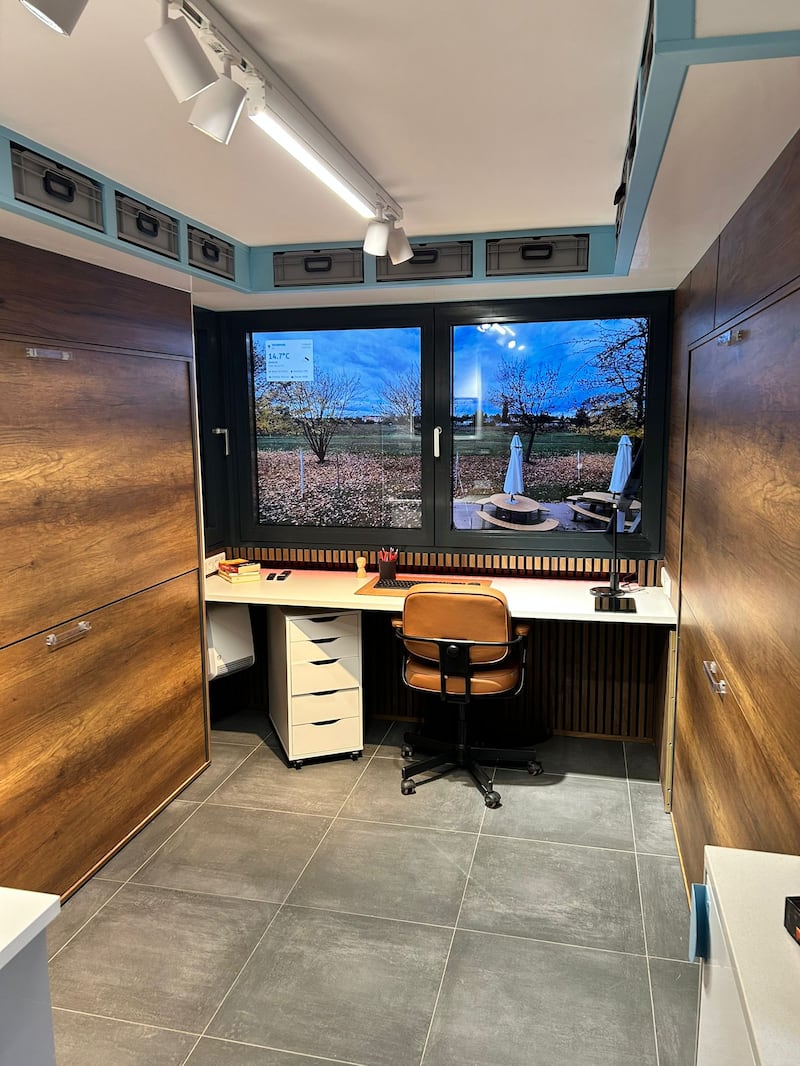
If planning permission is secured, BSSD is able to bury the room in your garden, where it will protect against a nuclear blast 20km away.
For those without the means – or time – BSSD has teamed up on a budget solution with a German discount retailer to offer a basic protective room for €14,000. For Piejde, his thriving business reflects the “reckless” failures of the German state in recent years, mothballing old shelters rather than renovating them – or building new facilities.
Everyone can see the growing risks in Europe, argues Piejde, but “Germans’ blinkers are particularly large”.
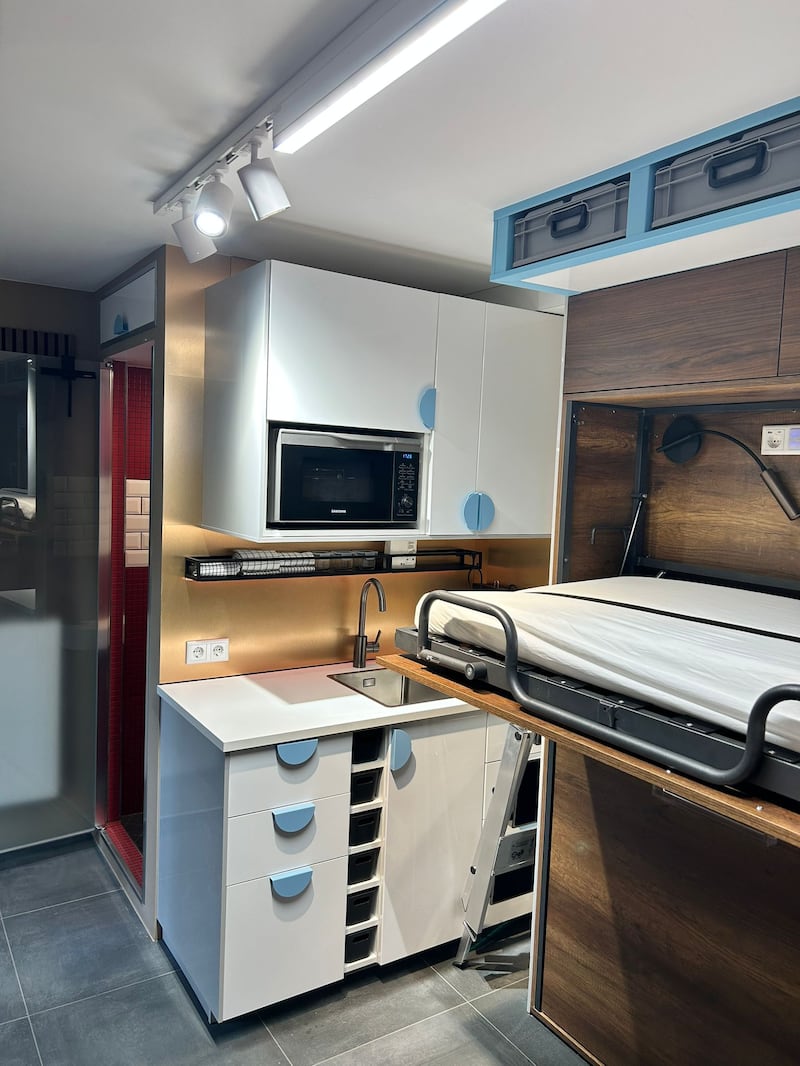
“A state’s core task is to protect its population,” he said. “But our state spends billions for welfare and would rather try to feed half the world than protect our own people.”
